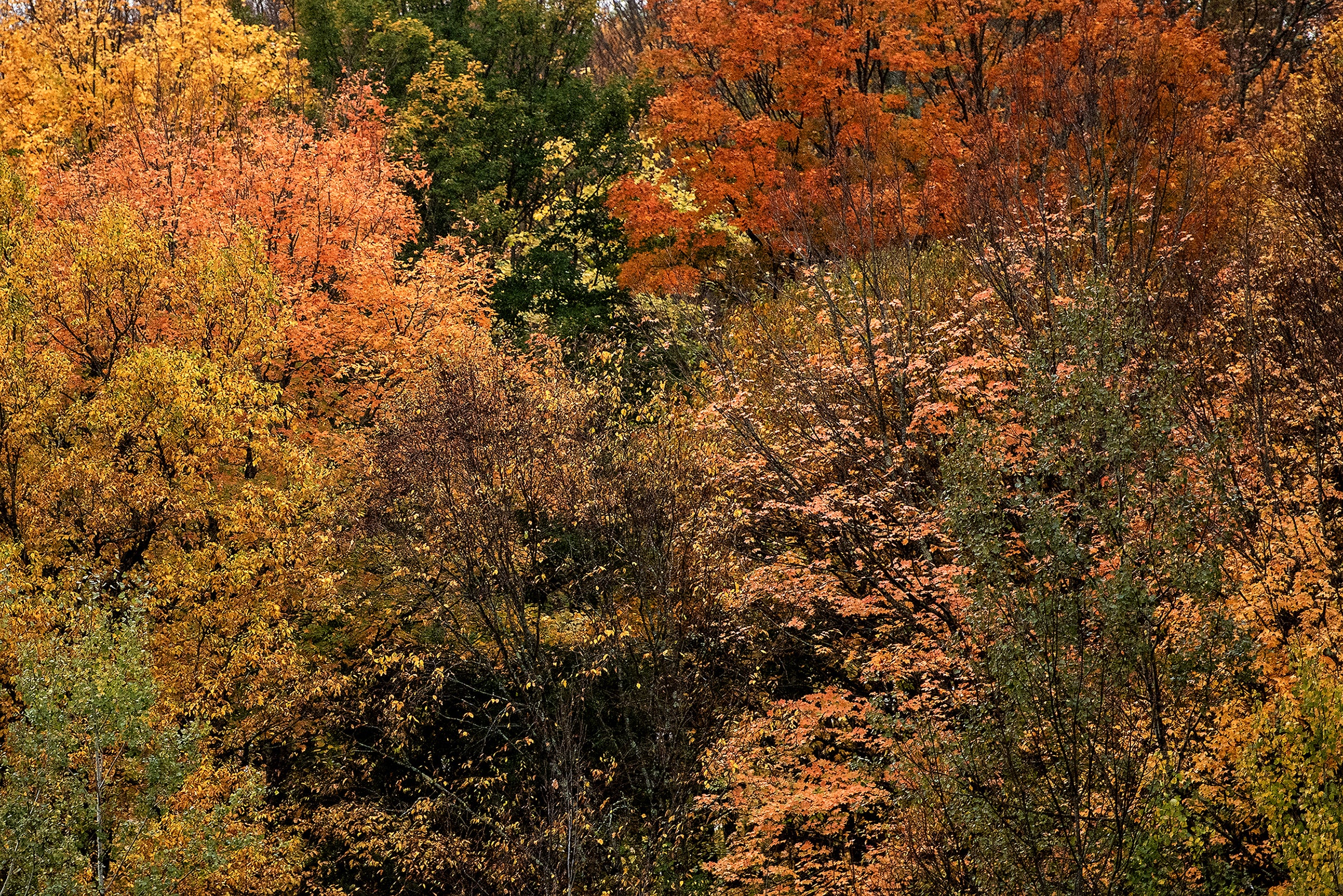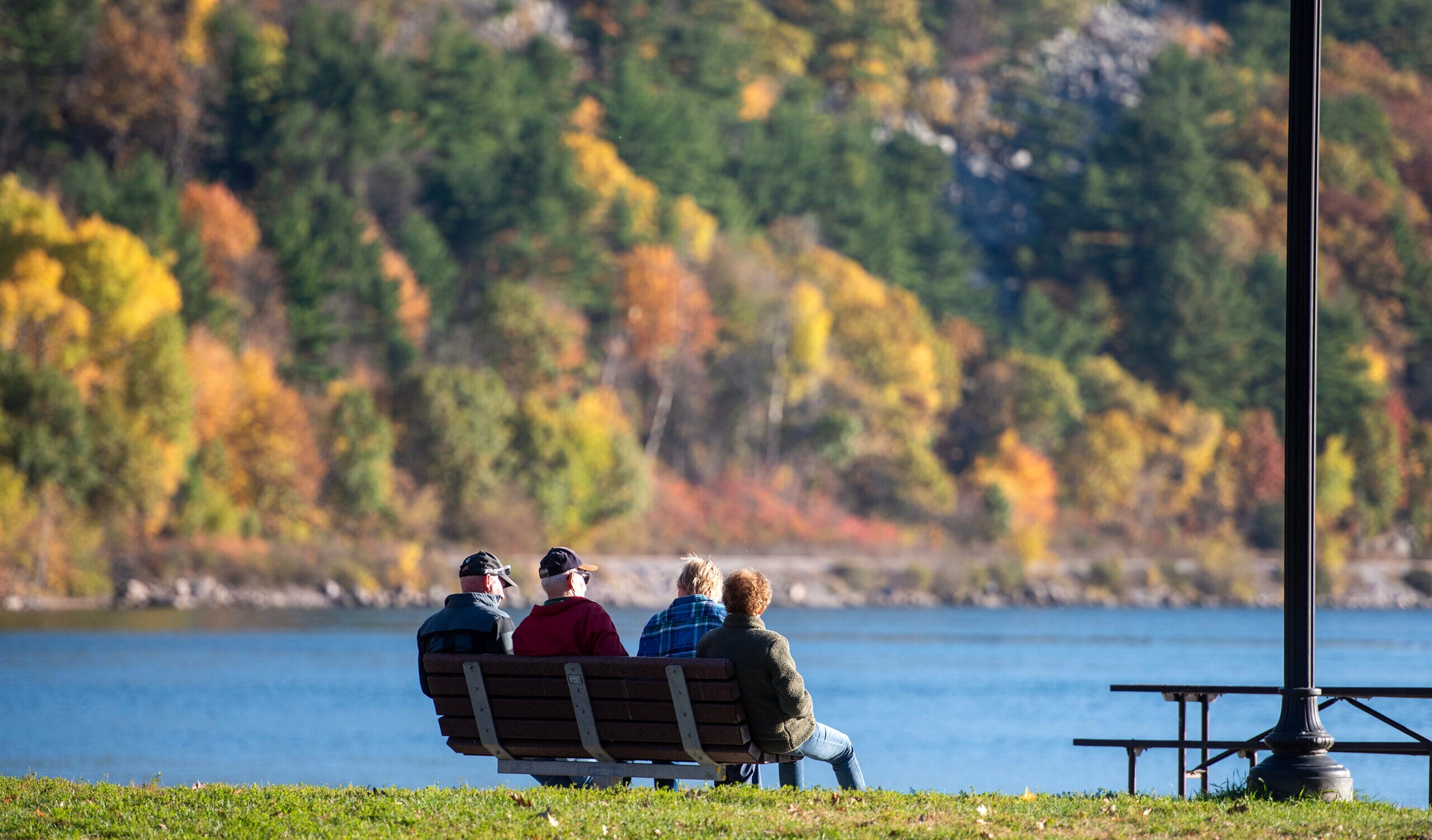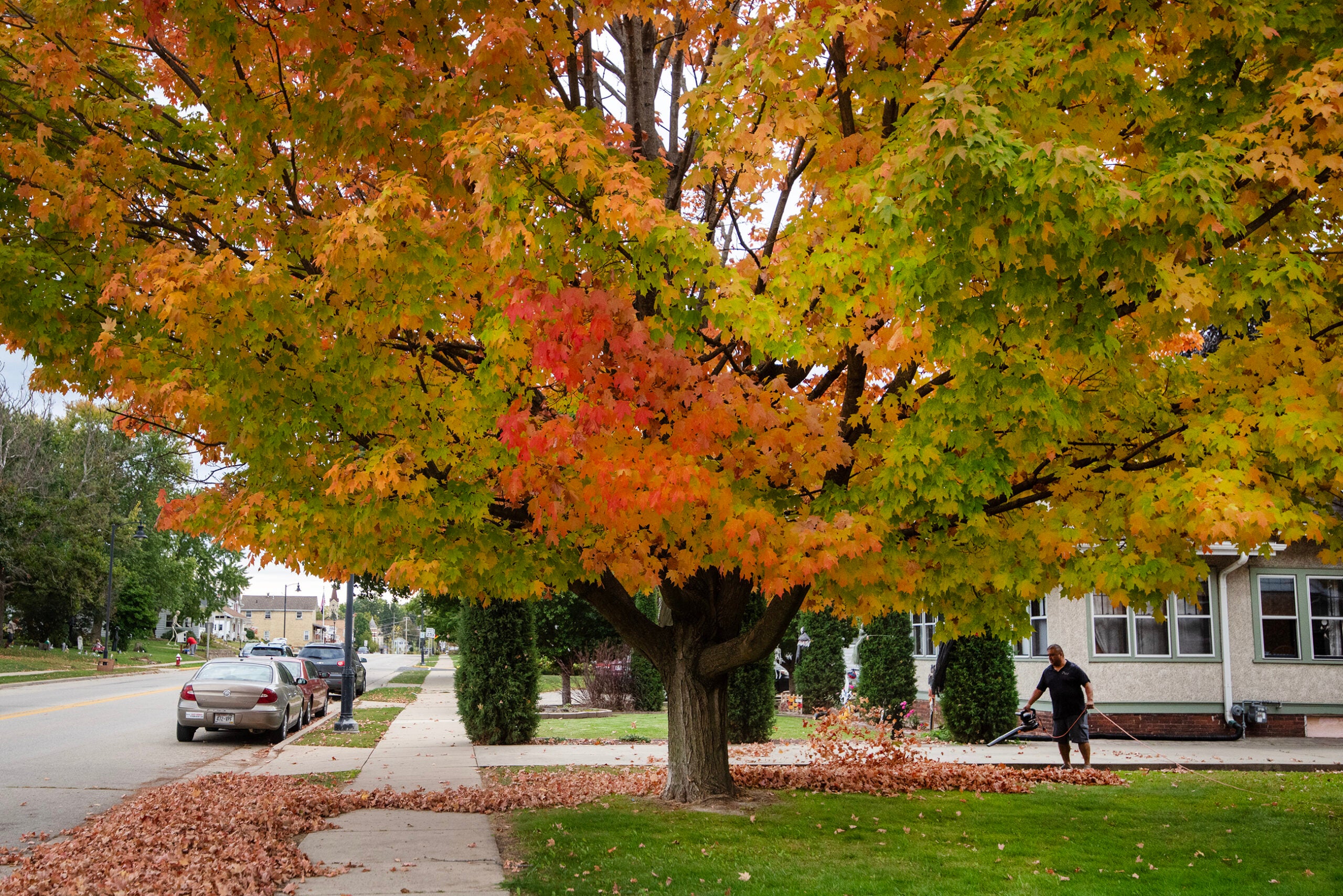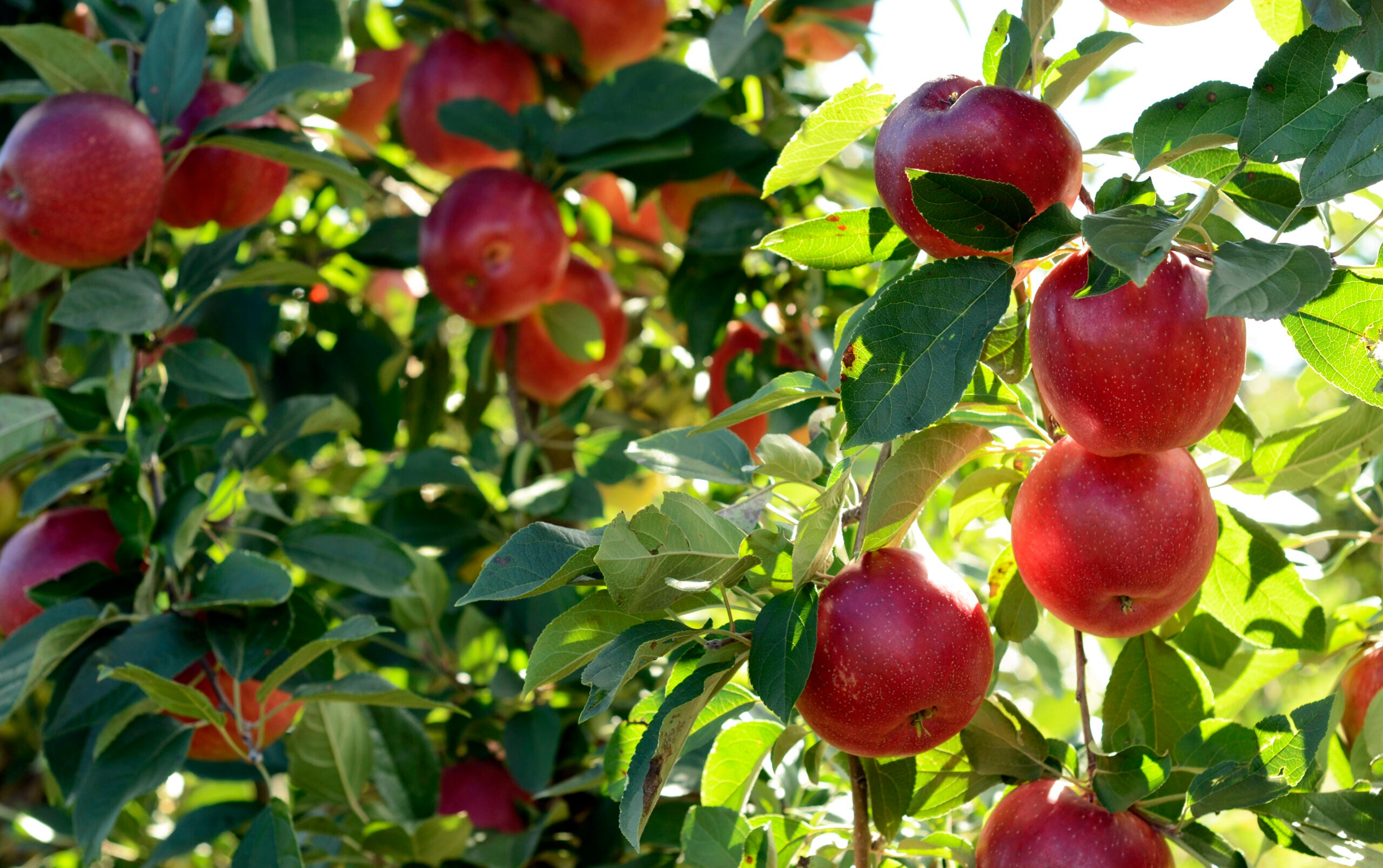Rain and cooler temperatures have helped turn around what some had worried would be a less vibrant and shorter fall foliage season across Wisconsin this year.
Drought conditions have plagued much of the Wisconsin in recent months, with the majority of the state in a moderate or extreme drought. Those conditions can stress trees, which may cause them to lose their leaves or start color production earlier than usual.
“Normally, when you have a severe drought, it really will make those colors either muted or just turn straight from green to brown,” said Sam Kuffel, a meteorologist at CBS58.
News with a little more humanity
WPR’s “Wisconsin Today” newsletter keeps you connected to the state you love without feeling overwhelmed. No paywall. No agenda. No corporate filter.
But a recent uptick in rainfall and cooler temperatures during the night have changed that.
“We had a good recipe for saving the vibrant fall colors over the last four weeks, five weeks, really that helped us out. Otherwise, it was going to be a very sad fall color season,” Kuffel said.
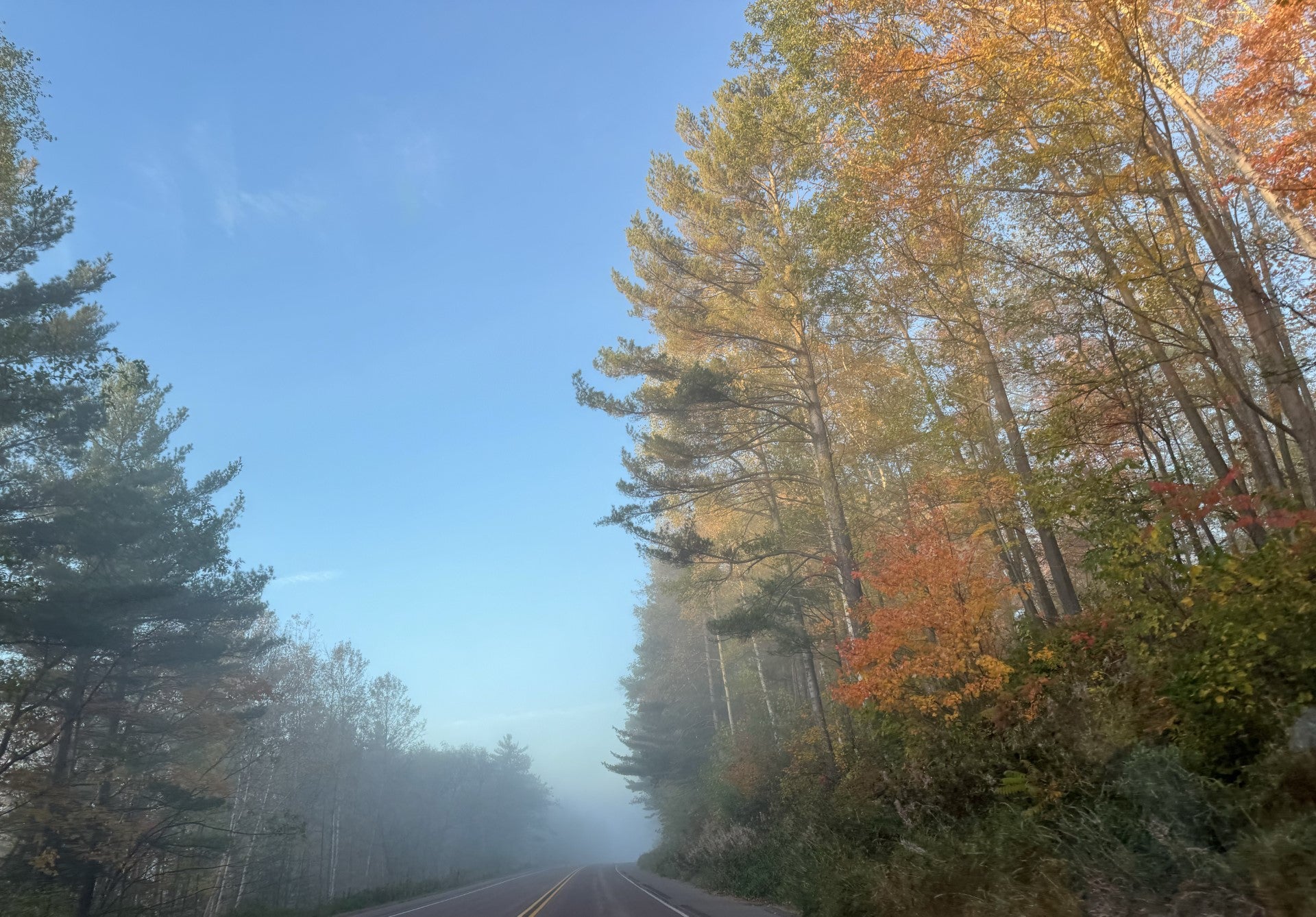
Before the start of fall, University of Wisconsin La-Crosse Assistant Professor of Biology Adam Schneider predicted a less than colorful October because of the drought and its impact on plants.
“When they’re stressed like that, sometimes the plant has to go into survival mode and that often will mean dropping its leaves prematurely,” Schneider said.
Schneider said he saw that start to occur in September in the La Crosse area. But he said the recent weather has “turned things around,” leading to vibrant yellow, red and orange leaf colors across the state.
“Here in La Crosse at least, it’s really beautiful,” Schneider said.
A warm and wet spring, warm and sunny fall days and cool fall nights produce the most vibrant fall colors, according to the U.S. Forest Service. Summer rain can also help promote tree health and leaf retention.
Much of the state saw 4 to 6 inches of rain in September, and 2 to 4 inches so far in October, which helped with the drought conditions, according to Kuffel.
There are a number of factors that determine when leaves change color, including pigments inside the leaf, the shortening of the days, weather and soil conditions, as well as tree health. That can change when certain portions of the state see peak fall colors.
UW-Milwaukee professor of biological sciences Erica Young said different species of trees will react to stress differently, which could impact when they drop their leaves. Other stressors beyond temperature and moisture can include sunlight and pathogens. Some species are also impacted more by day lengths, while others could be more sensitive to the temperature.
“It is complicated, and it is going to depend on the plant, and you’ve got multiple factors affecting different plants in slightly different ways all at once,” Young said.
In Milwaukee, Schneider said she’s noticed red oak trees as being especially bright this fall.
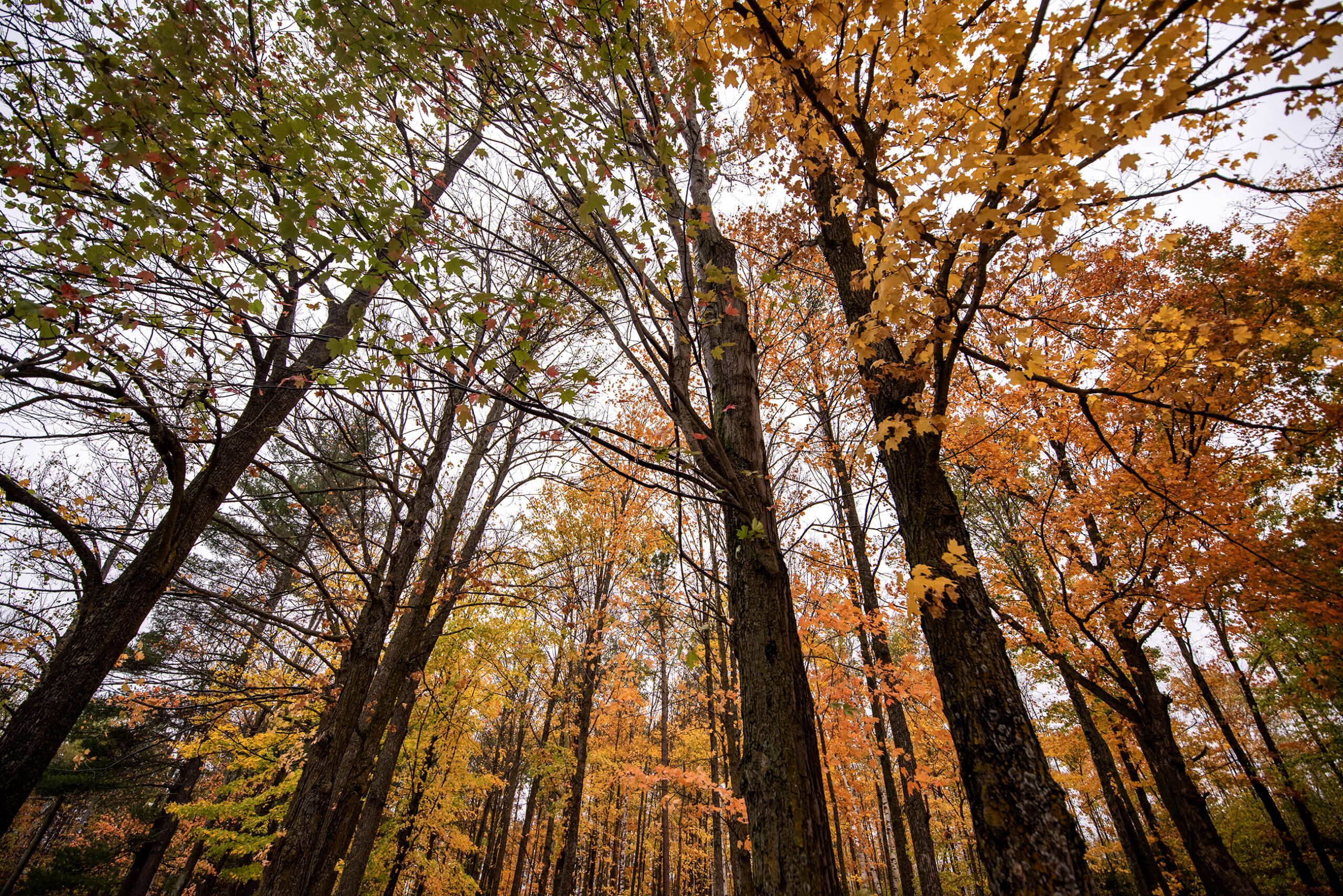
Another factor: climate change
Climate change could also be a driver of the unpredictability seen this year with the fall colors. That could be a pattern, Schneider said.
“I think we’re going to see more years like this where it’s pretty hard to predict … and maybe some later displays as well of fall foliage,” he said.
A recent study from the University of Richmond found the timing of peak fall foliage is now occurring around two weeks later than it was in 1950 at Acadia National Park in Maine. That’s partly due to rising temperatures, the study found.
“Some years, we might see what we see this year… other years, that drought might hit a few weeks later, and you’ll have it going from green to yellow-brown to just kind of falling of the trees and not seeing much,” Schneider said.
In the past, peak foliage would occur in central Wisconsin in mid-October. That hasn’t been the case this year, as the Wisconsin Fall Color Report showed the peak of autumn scenery is still on its way in some portions of the state.
“I think we can continue to expect that as climate change continues,” he said.
Wisconsin Public Radio, © Copyright 2025, Board of Regents of the University of Wisconsin System and Wisconsin Educational Communications Board.

